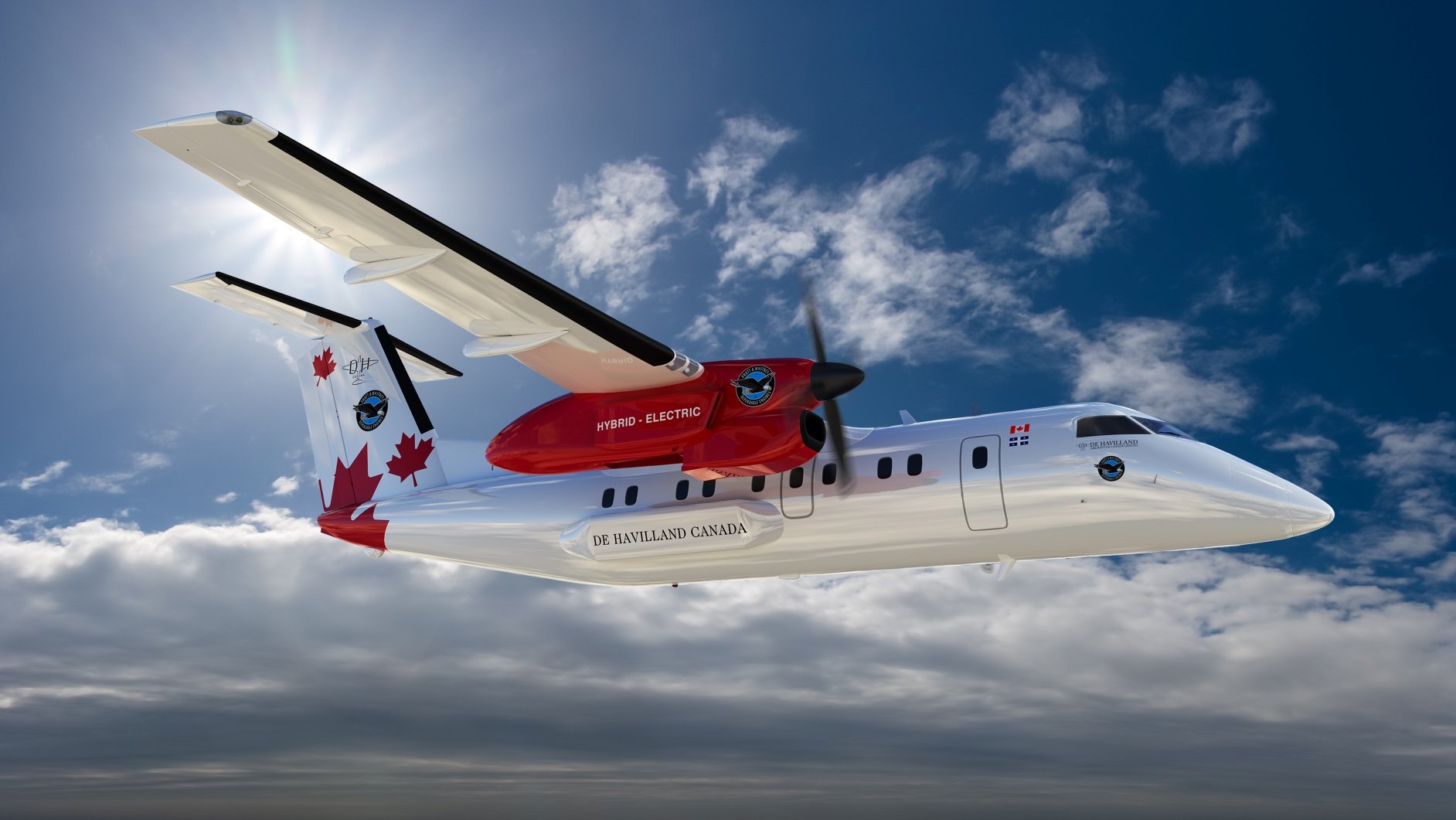Click Here to View This Page on Production Frontend
Click Here to Export Node Content
Click Here to View Printer-Friendly Version (Raw Backend)
Note: front-end display has links to styled print versions.
Content Node ID: 419562
Pratt & Whitney Canada has chosen Switzerland’s H55 to supply battery systems for the engine company’s regional hybrid-electric flight demonstrator program, P&WC said Thursday. The development of the battery component designs and associated electrical control systems will also draw support from the National Research Council Canada (NRC) and the province of Quebec’s Innovative Vehicle Institute (IVI).
A spinoff from Solar Impulse, the first electric airplane to fly around the world, H55 develops modular, lightweight propulsion and energy storage systems for electric aircraft such as the eBeaver, now under development by Western Canadian seaplane operator Harbour Air.
“We’re delighted to draw from H55’s technology in the field of aircraft battery systems and collaborate with NRC and IVI on optimizing the design for our hybrid-electric flight demonstrator program,” said Jean Thomassin, Pratt Canada’s executive director of new products and services. “Hybrid-electric technology holds significant potential to boost the efficiency of next-generation aircraft propulsion systems, allowing us to set new standards for sustainability for regional and commuter aircraft.”
H55 joins the P&WC-led program some ten months after the governments of Canada and Quebec committed to contributing about half of a C$163 million investment in the hybrid-electric propulsion technology for a Dash 8-100 flight demonstrator scheduled to start ground testing late this year and fly in 2024.
P&WC targets a 30 percent improvement in fuel efficiency and commensurate reduction in CO2 emissions, compared with today’s most advanced turboprop engines for regional aircraft. Fellow Raytheon subsidiary Collins Aerospace will provide the 1 megawatt electric motor for the hybrid-electric propulsion system.
The NRC’s contributions will include supporting the development of the high-voltage battery sub-systems and their related elements. Meanwhile, IVI will support development work to optimize the design and integration of the battery and control systems on the Dash 8 experimental aircraft.
Pratt & Whitney calls hybrid-electric propulsion technology a core element of its strategy for advancing the efficiency of aircraft propulsion systems in support of the industry-wide goal of achieving net zero CO2 emissions for aviation by 2050. The company’s technology development activities also include the advancement of sustainable aviation fuels (SAFs) and hydrogen, each of which can benefit from the increased efficiencies enabled by hybrid-electric propulsion systems.
